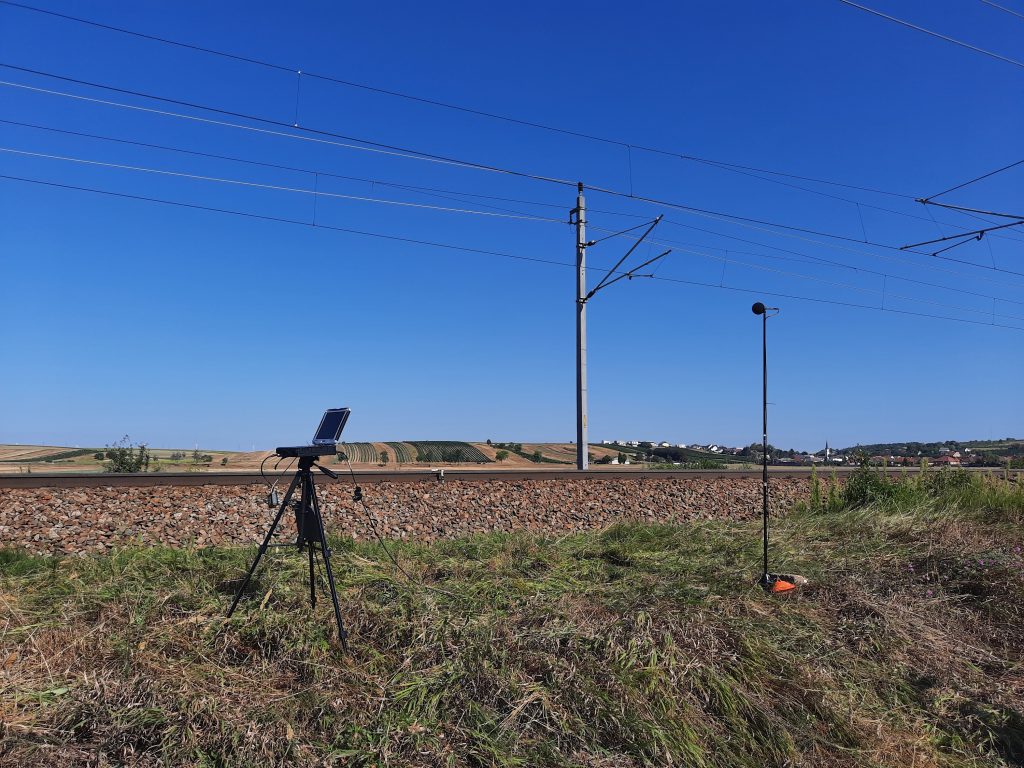The European Commission on Wednesday launched a call for proposals under the Connecting Europe Facility, making EUR 790 million available for projects addressing civilian and military needs. Military mobility is on the EC’s radar.

With this call, the EU is accelerating investment in military mobility and supporting infrastructure projects that facilitate the transport of troops and equipment on its main transport axes.
“We are making EUR 790 million available for projects that will promote the mixed use of our transport system. Russia’s military aggression against Ukraine has confirmed that we need to continue to improve the capacity of transport infrastructures such as roads, bridges and railways to allow armed forces and their equipment to move easily across the EU,” said Transport Commissioner Adina Vălean.
This call for tenders also responds to the measures proposed in the Military Mobility Action Plan 2.0. This plan aims to facilitate the movement of armed forces across Europe to respond quickly and better to crises at the EU’s external borders and beyond.
Military mobility in the EC spotlight
The European Commission proposed at the end of 2022 a plan to improve mobility in the European Union, including measures in the field of transport and rail infrastructure. In December 2022 a decision was made to increase the CEF budget for military mobility to support the implementation of 35 projects.
“Russia’s military aggression against Ukraine has confirmed the urgent need to substantially increase the military mobility of armed forces inside and outside the Union,” the European Commission argues in the introduction to the plan.
The Military Mobility Action Plan 2.0 responds to this desire, say the authors of the document released in Brussels on Thursday.
Currently, transport systems within Europe are characterised by limitations, such as different rail systems between Ukraine and EU member states, as well as within the European Union. These limitations have prevented optimal mobility solutions.
The heavy reliance on contracted civil transport solutions has also become evident. A strategic approach is needed to ensure the coherence of these actions. The strategic approach of this Action Plan focuses on the need to develop a well-connected military mobility network consisting of multimodal transport corridors, including roads, railways, air routes and inland waterways with dual-use transport infrastructure capable of serving military transport.
Share on:



